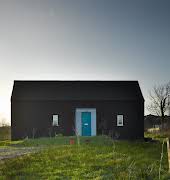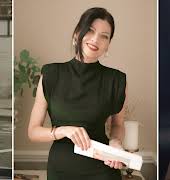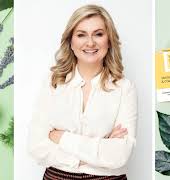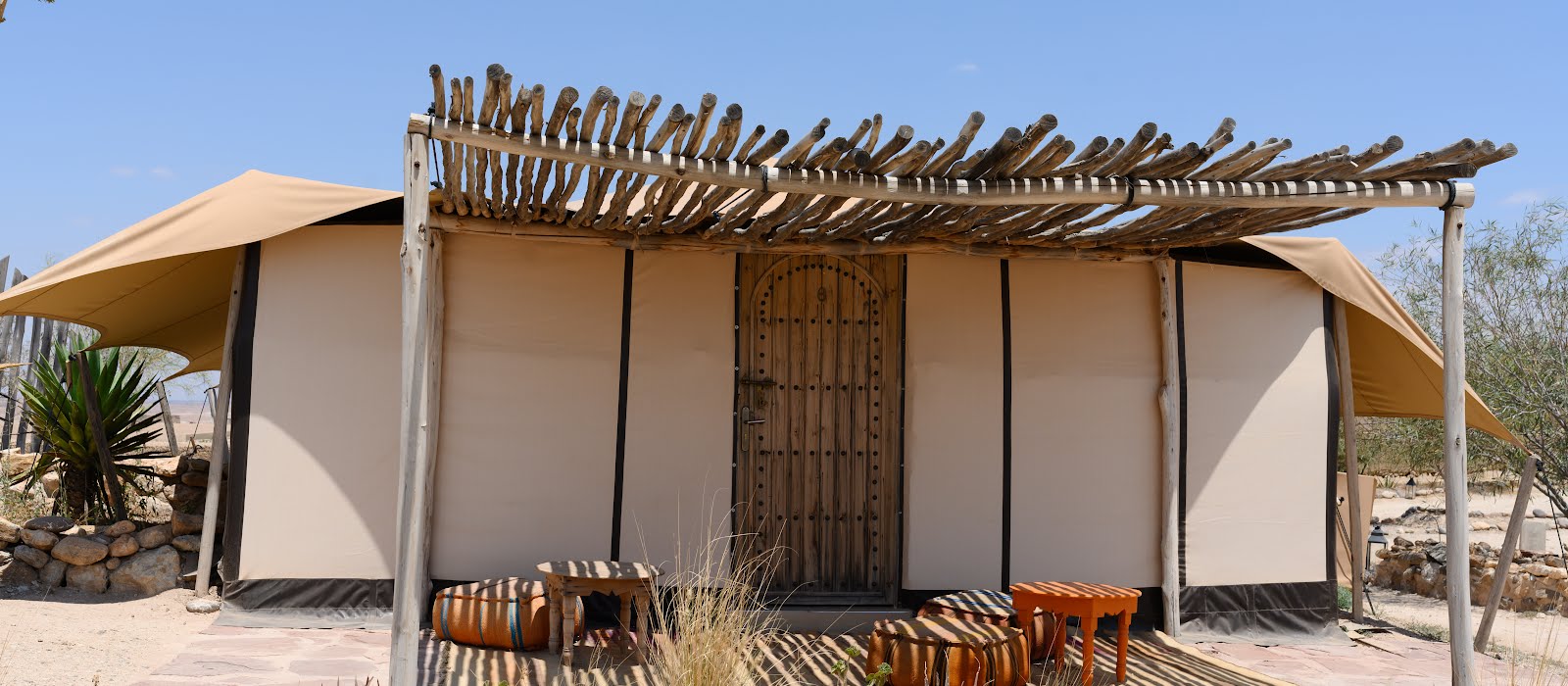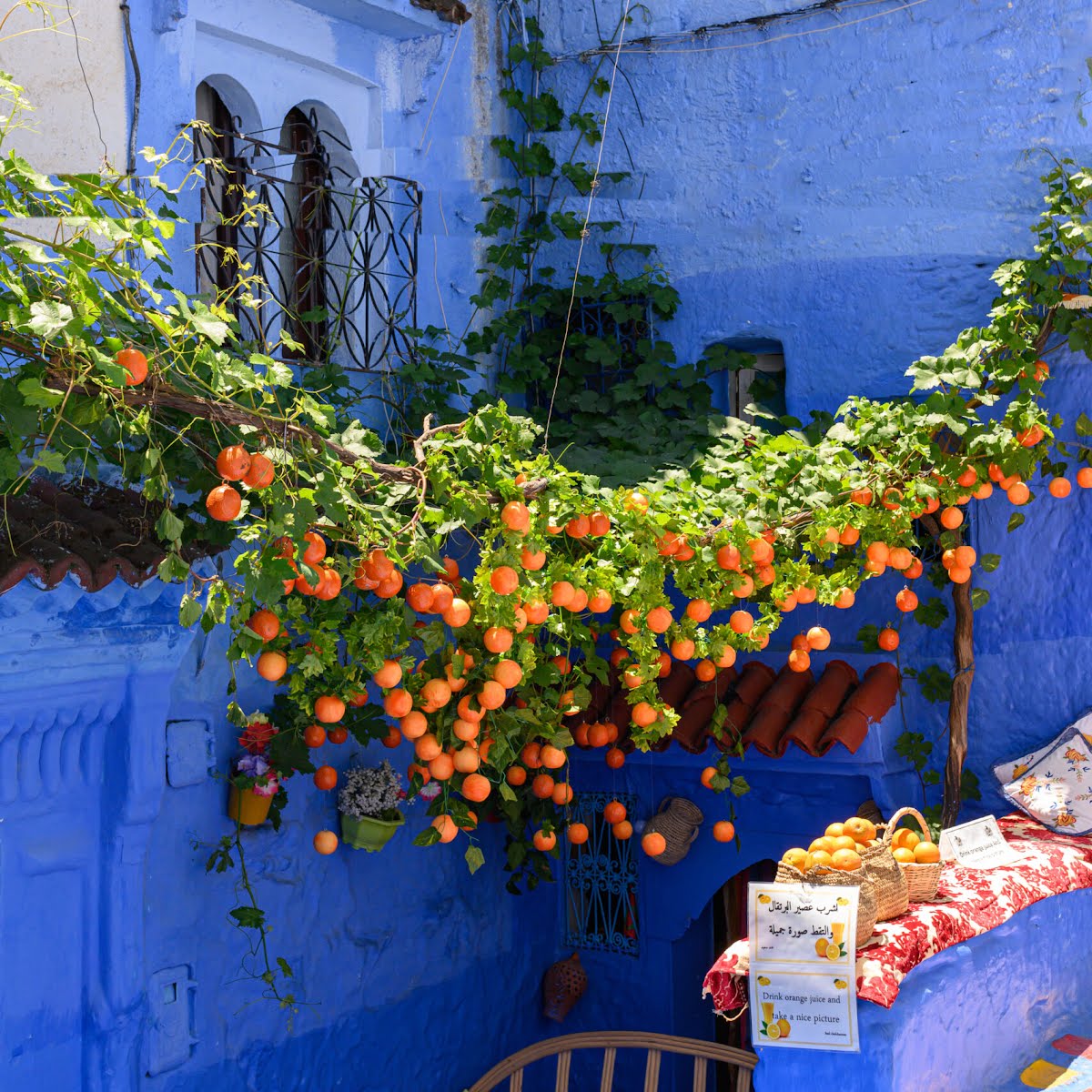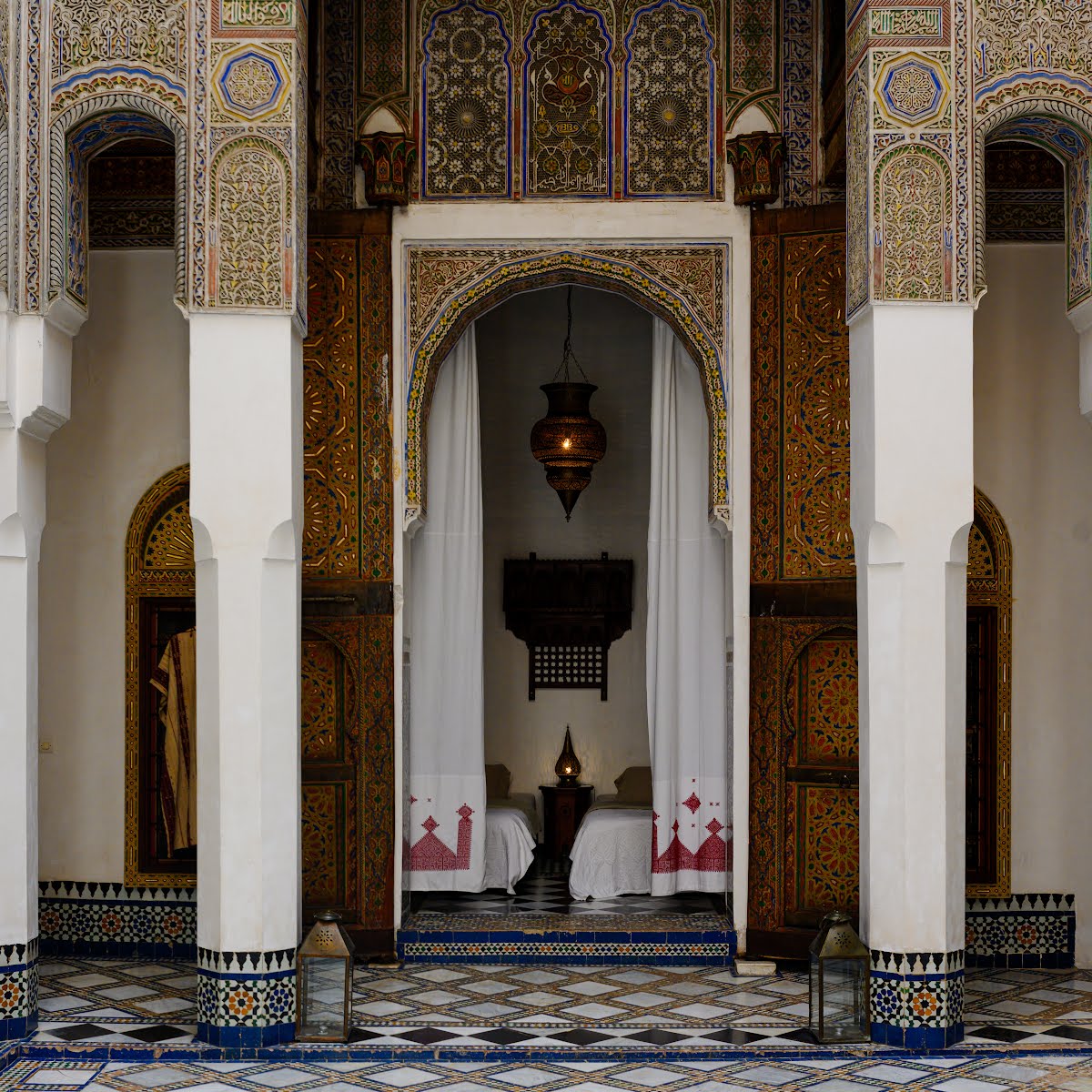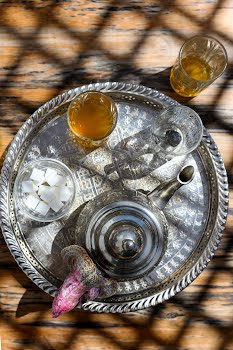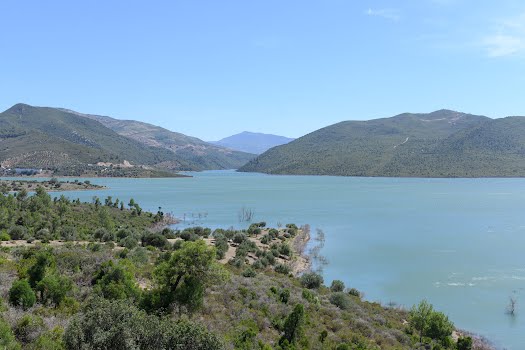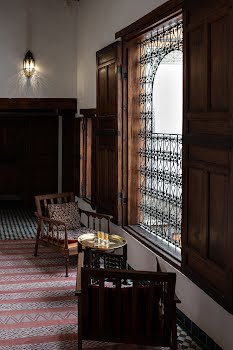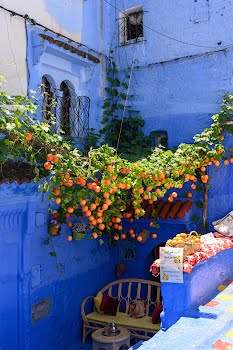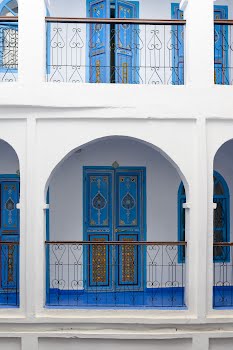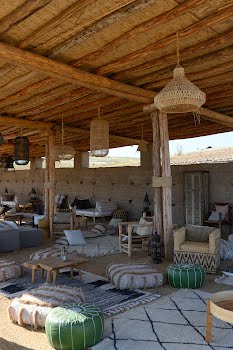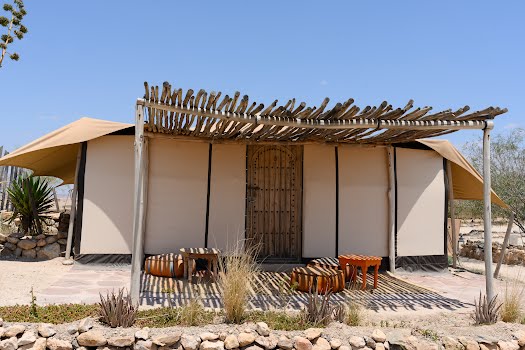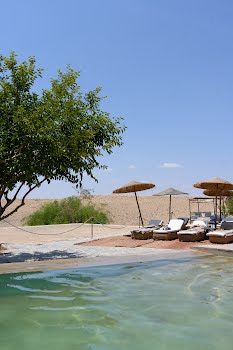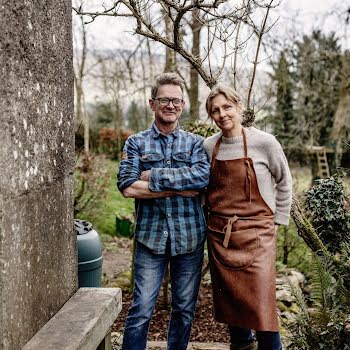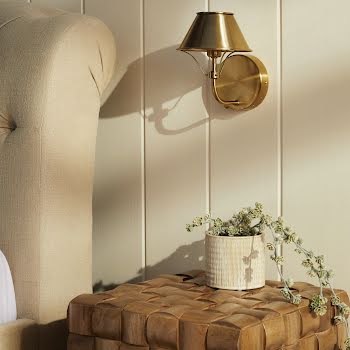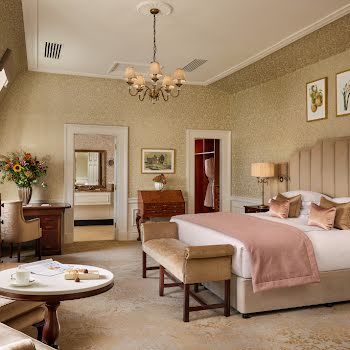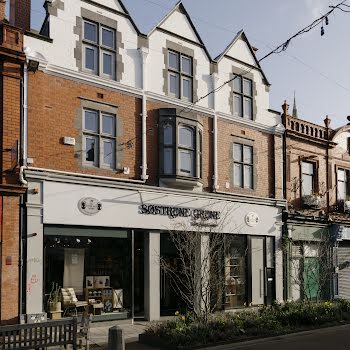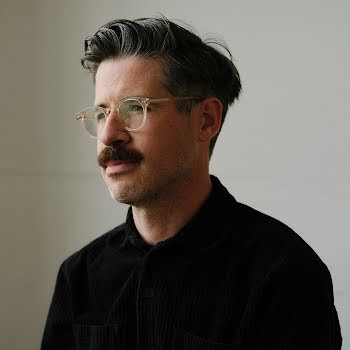
Morocco beyond Marrakech: desert luxury, cool clubs and majestic mountains
Marrakech’s vibrant streets may be a popular draw, but a journey taking in some of Morocco’s lesser-known delights uncovers blue-hued cities, desert delights and otherworldly architecture.
My first trip to Morocco, several years ago, was to Marrakech and the Berber villages that surround it. I fell in love with the dusty pink vibe, the headiness of the medina, the warm days in the relaxed Berber lodge. Tagines and textiles, spices and mint tea, souks and straw hats, I couldn’t wait to discover the wider country. This year, I drove from Tangier to Essaouira over two weeks.
Tangier, Morocco’s oldest city, a crucial trade route between Europe and Africa, has a rich and varied history with everyone from the Phoenicians to the Arabs and Europeans colonising it at one time or another. All these influences are reflected in its architecture. The winding streets of the medina are a labyrinth of white-washed houses embellished with intricate tile work and large studded or painted doorways set in Moorish arches.
Within the maze is the Kasbah, a fortress perched above the sea housing several palaces inside its deep walls. Below, a busy port and clean beaches that skirt the city.
Tangier is shedding its once unsavoury reputation and is now a city of retro hotels and cafés reflecting its glory days when it was the playground of movie stars, aristocrats and musicians. Sit outside Café Tingis in Petit Socco and watch the world go by. Café Hafa (@cafehafa) remains unchanged in its basic offering since its days as a well-known Rolling Stones hangout, terraced seating stepping down towards the sea is still serving mint tea by the tray-load.
El Morocco Club too has echoes of the past; stay for dinner and retire to the downstairs red velvet piano bar, where Tessa Codrington’s photos of socialites line the walls. La Tangerina, hôtel de charm, is the perfect spot to start a Moroccan adventure with vibes of old Tangier.
Black and white tiles set off the vibrant peach walls with a beautiful skylight atrium staircase over three floors. Breakfast on the roof terrace shares the same panoramic view as the Kasbah over the Gibraltar straits, and features wonderful msemen: Moroccan layered pancakes, unforgettable orange juice (yes, tangerines got their name from Tangier) and fresh mint tea. The rooms are simple but the house is enthralling – we were reluctant to leave but the mountains were calling.
Driving out of Tangier, climbing up and up into the Rif Mountains from Tangier with milky blue green lakes and stunning views along the way, you will reach Chefchaouen. Driving in, there is the vibe of a frontier town here; you see women from the mountains with their straw hats covered in colourful pompoms selling their produce on the blue streets, and donkeys laden with bushels of fresh herbs. It’s known as the blue pearl of Morocco because of the blue wash throughout the medina. A sense of tranquillity pervades here high in the mountains:
warm hospitality, friendly smiles and a welcoming air. Perfect for a few days hiking, strolling the mesmerising blue streets, drinking in cafés and the best place to buy a beautiful handmade Moroccan rug without the stress of the busier souks in other cities. Staying inside the medina is charming even if the hotels are a bit dusty. Across a small valley overlooking the medina is Dar Jasmine, an elegant boutique hotel, which is quite lovely. Chefchaouen leaves a warmth in your soul that glows long after your visit.
On to Fes, a testament to centuries of history with a warren of narrow alleyways in its Fes el Bali medina, a UNESCO World Heritage site. To enter old Fes is to take a step back in time – you almost expect to see crusaders on horseback crashing through the souks any moment. Here the streets are crowded with people going about their business beautifully oblivious to the tourists around them. Some offer guidance for small amounts of cash, though none aggressively. It’s a good idea to accept and see places that would otherwise have remained secret, like the rooftop of a leather shop where I had a bird’s eye view into the famous tannery without the toxic odour. Everyone I encountered was industrious and helpful.
The Bab Rcif gate brings you to Place Seffarine, named after the coppersmiths who still work there in the open and have done so since the 6th century, pounding copper and brass to make all sorts of metal products. The rhythmic sounds of hammering reverberate through the narrow alleyways long before you get to Place Seffarine, so if you get lost all you need to do is listen for the beat. It is fascinating to watch the centuries-old techniques being used by artisans in front of you beating, soldering and polishing.
A dark alley leads off the Place Seffarine to the 600-year-old Dar Seffarine. When the door opens, you can’t quite believe the juxtaposition of exterior and interior. What awaits you is a spectacular example of Moorish architecture and fantastically skilled craftsmanship; an inner courtyard with 12 long columns stretching to the first floor, decorated with colourful tiles and intricate painted stucco plasterwork, handmade zellige tiles, marble and mosaic cover the floor.
The ironwork on interior windows is exceptional as are the beautifully restored cedar wood panels with fastidious detailing throughout. Dar Seffarine is truly exceptional – guests from the seven unique rooms join a communal table for dinner. The food is cooked by Amina, manager Zouhir’s mother and was the best traditional food we ate in Morocco, which is high praise indeed.
The past and present seem to converge harmoniously in Fes. Its rich heritage and pulsating atmosphere make it the most interesting place I have encountered thus far in Morocco; the feeling of ease in somewhere as chaotic as this was quite remarkable.

Caravan Agafay
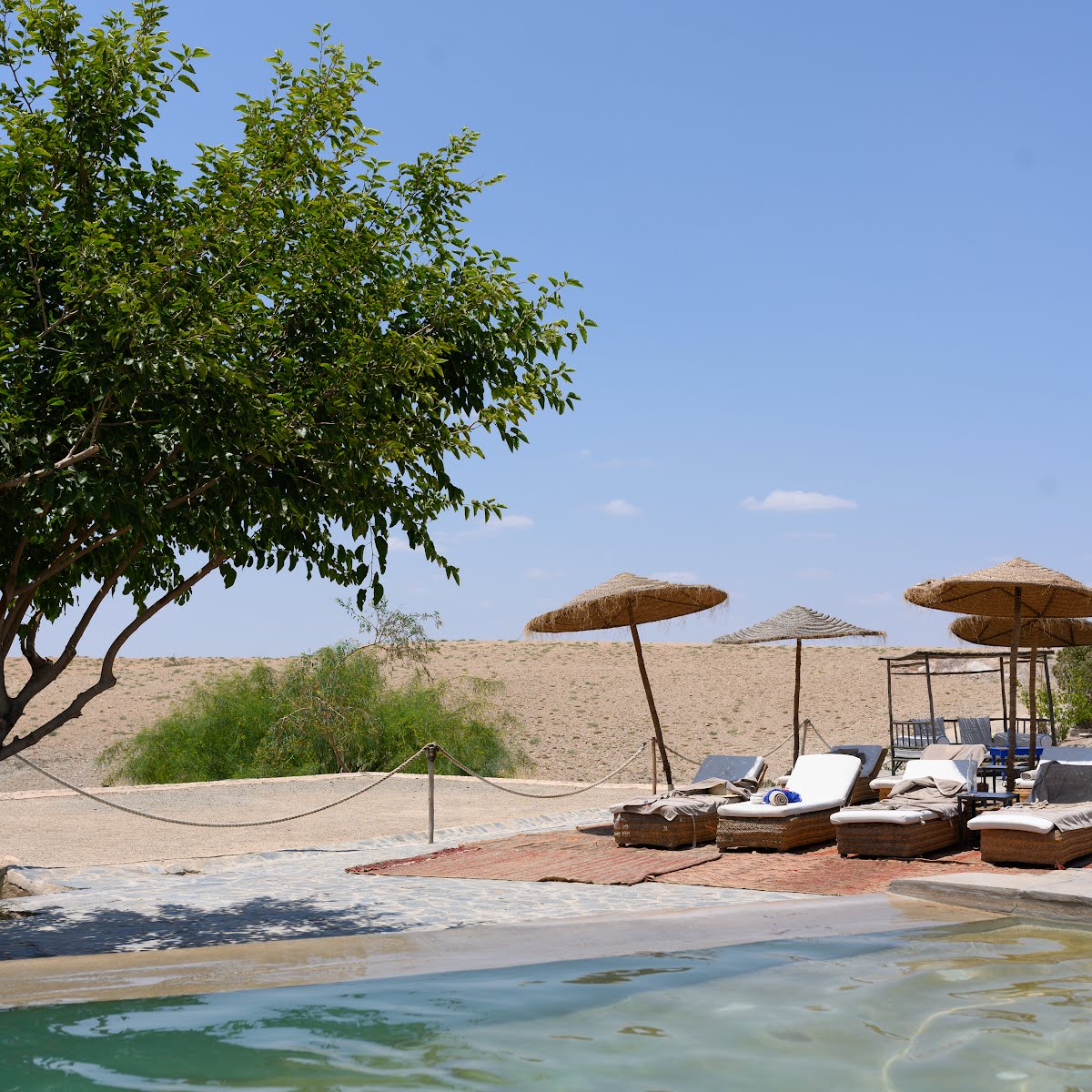
From Fes, we had the longest drive of our trip, seven hours to Marrakech, where we stayed for two days visiting the Jardin Majorelle, the souks, museums, lunches in El Fenn and dinners at Plus61, then on to the desert to camp out in luxury.
Caravan Agafay is one of the latest offerings from the Habitas collection, curators of sustainable, yet luxurious retreats. It is set amid the moon-like scape of the Agafay desert with views over the Atlas Mountains. A short drive from Marrakech, it provides the perfect antidote to the bustle of the city.
The Berber-inspired tents are well appointed with solar-powered en suite bathrooms and very comfortable beds and are set in small groupings around pathways illuminated once evening falls. The green-tiled open bar with wicker lampshades blowing in the warm evening breeze is an ideal backdrop for the spectacular desert sunset.
The camp has two outdoor pools built into the terrain fed from desert springs, so there is always somewhere to cool off, which is most welcome. The relaxed and airy Olivar restaurant serves breakfast, lunch and dinner, drawing on their own gardens, Moroccan and Middle Eastern dishes. Gorgeous Lahcen, the head gardener, will show you the vegetable and fruit garden, which he planted with vines for shade. Sheep and goats are also raised on site as are hens for fresh eggs. Horse-riding, bread making, yoga, cycling, tea ceremonies and stargazing are all on offer during your stay. There are relaxing, nurturing vibes in this beautiful desert camp.
Rested and refreshed by Caravan Agafay, we headed to Essaouira for a few days, the highlight of which was Kaouki beach, a bit like Ballybunion in the 1960s but with camel rides. It is a great surfing beach with a fantastic Kaouki Karma Surf school. Dar Baba restaurant in town is worth a visit – excellent food, particularly if you have had your fill of tagines.
We brought our three children with us (17-12) for a little culture shock. It worked, in the best possible way. It was wonderful to watch them haggling in the souks and finding their way around. I do get the sense that I may never get enough of Morocco.
Photography: Cliodhna Prendergast

